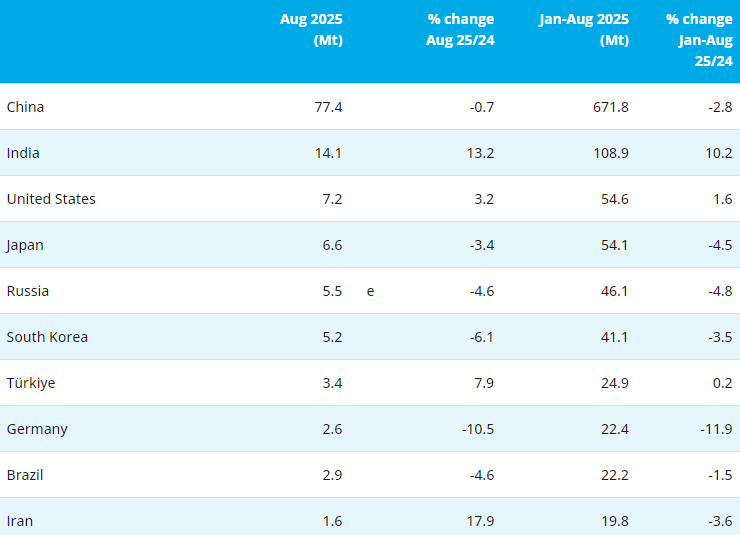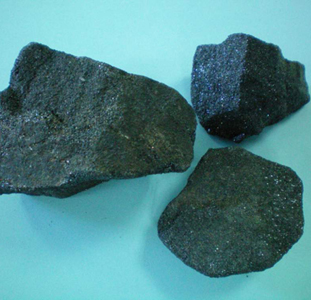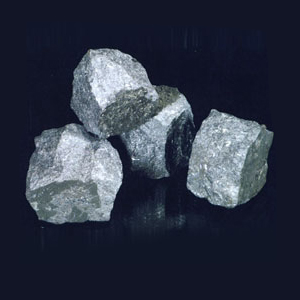[Ferro-Alloys.com] South Africa Manganese Ore Comprehensive Fact and Figures 2024
Our metals and minerals
South Africa is home to approximately 80% of the world’s known manganese resources and boasts the largest proven reserves globally. The country is also the world’s leading producer of manganese ore, accounting for about 40% of the global export market.
Manganese is essential in the steelmaking process, where it enhances the strength and toughness of steel by reducing brittleness. It also acts as a powerful deoxidiser, prevents corrosion, improves abrasion resistance and increases the hardenability of steel.
Steelmaking alone drives approximately 90% of global manganese demand. The second-largest application for manganese is in aluminium production. Adding small amounts of manganese improves aluminium’s corrosion resistance. Aluminiummanganese and aluminiummanganese-magnesium alloys are widely used in kitchenware, roofing, car radiators, transportation and, most notably, beverage cans.
Beyond metallurgy, manganese is critical in electric vehicle battery manufacturing. It plays a significant role in lithium-manganese-nickeloxide (LMNO) and lithiumion
batteries, where it can enhance capacity by up to 20% in the latter. Additionally, manganese is utilised in several other battery chemistries, underscoring its growing importance in energy storage technologies.
Industry developments in 2024:
• In 2024, 19.7 million tonnes of manganese were produced, with sales for the
year at R50.2 billion. That translates to a more than 3% improvement in production compared to 2023, with a 7.2% improvement in sales over the same period.
• SARS data indicates that an estimated 23.8 million tonnes of ore were exported
in 2024. Of this export volume, 94% went to Asia (63.2% to China, 16.4% to India, 3.5% to Singapore, 3.4% to Malaysia and 2.6% to Japan) followed by the EU at 5.5%. This is mostly driven by the demand for steel in these countries with China, Japan and
the Republic of Korea, for example, hosting more than 90% of the world’s merchant shipbuilding capacity – a steel-intensive process.
• In terms of employment, the manganese sector increased employment levels to 11,949 in 2024, with employee earnings growing an estimated 8.6% to R5.6 billion compared to 2023. Like the chrome sector, the manganese sector has been performing well. Employment and production have steadily increased to facilitate higher export volumes as global demand for these commodities increases.
Industry constraints:
• Persistent constraints on the manganese rail corridor have significantly increased the volume of manganese transported by road, especially to the Port of Gqeberha. This shift has intensified negative externalities, including heightened air pollution in Gqeberha, particularly around back-of-port operations.
• Transnet’s rail network currently has the capacity to transport approximately
16 million tonnes of manganese ore annually. However, in 2024, total annual exports reached around 24 million tonnes, resulting in eight million tonnes of manganese ore being diverted to road transport due to rail capacity limitations.
This reliance on road transportation comes at a premium compared to rail, meaning manganese prices do not always support the increased trucking costs. This ultimately puts pressure on operating margins within the sector
Industry outlook:
• China remains the largest consumer of South African manganese. However, its economy faced significant headwinds in 2024, including a sustained downturn in the
property market and weak domestic consumer demand.
While the government has announced extensive policy easing measures - amounting
to US$1.4 trillion over the next three years – these are unlikely to fully offset China’s structural challenges. Persistent issues such as an ageing population, a prolonged period of debt deleveraging and efforts to de-risk global supply chains, are expected to constrain Chinese industrial activity. Consequently, demand for industrial minerals, particularly steel, which heavily influences manganese consumption, is projected to remain subdued over the medium- to longterm.
Notwithstanding increased trade tension and global geopolitical uncertainty, Chinese real GDP growth was relatively resilient in the first half of 2025. Should Chinese growth
slow more meaningfully, it is expected to directly impact demand for commodities
from South Africa.
• Despite the significant rise in road transportation over the years, sustained pressure
on manganese prices is expected to reduce the viability of road transport moving forward. There were already indications of reduced manganese trucking in late-2024. This shift is driven by a downturn in Chinese carbon steel production and ample
manganese stockpiles at Chinese ports.
• According to the IMF’s April 2025 World Economic Outlook, Asia’s economic growth is forecast to slow from 5.3% in 2024 to 4.5% in 2025 (a downward revision from an earlier 5% projection). Within this, China’s growth is expected to moderate to 4.0%, while India is projected to expand robustly at 6.2%. In stark contrast, Europe’s growth
is forecasted at a modest 0.8% in 2025. Given that Asia accounts for the bulk of South African manganese exports, these projected growth rates suggest that demand for manganese is likely to remain moderate, assuming no further major disruptions. All indicators from the first half of 2025 suggest that the Chinese economy is on track to grow by 5% this year, surpassing the IMF’s projections. The region’s steady economic
performance, particularly the strong growth anticipated in India, could help balance softer demand stemming from China’s moderation.
• Domestically, some niche manganese producers are expected to focus more on the production of highgrade manganese suitable for battery manufacturing, driven by growing global demand for the commodity in emerging technologies, particularly those supporting the green transition.
- [Editor:tianyawei]



 Save
Save Print
Print Daily News
Daily News Research
Research Magazine
Magazine Company Database
Company Database Customized Database
Customized Database Conferences
Conferences Advertisement
Advertisement Trade
Trade

















Tell Us What You Think